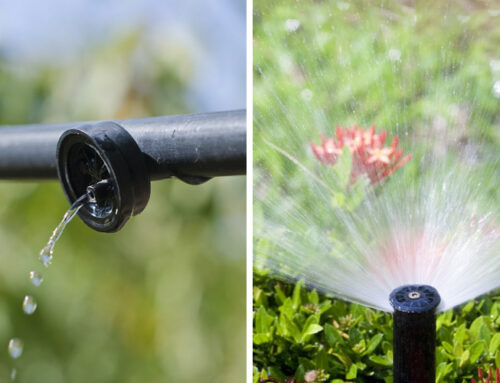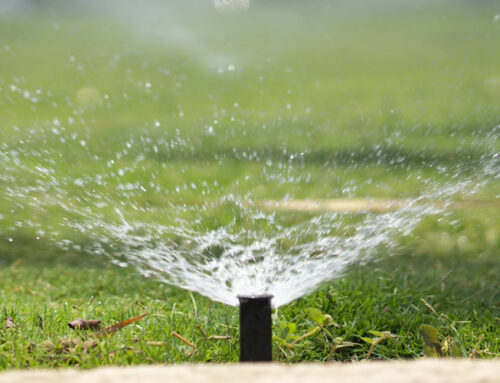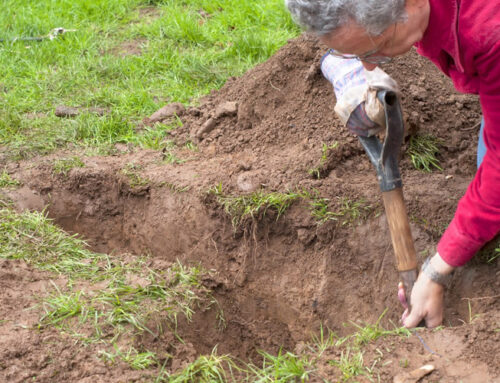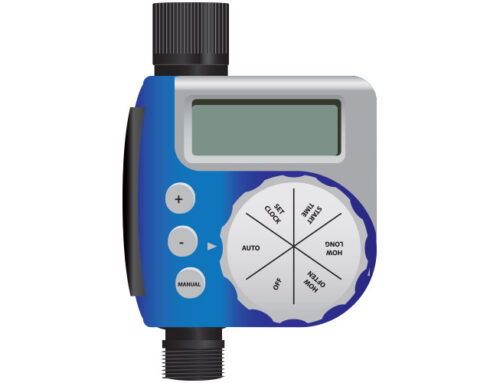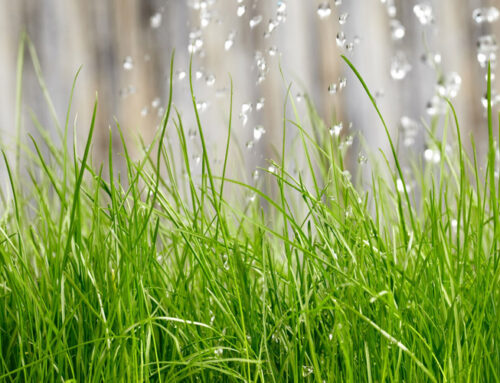Automatic sprinkler valves offer homeowners more control, allowing them to turn the irrigation system on and off remotely. Modern systems have a built-in computerized controller to guarantee low-voltage, safety, and optimum efficiency. Sprinkler solenoids are constantly surrounded by water, dirt, and other debris, which infiltrate the system and wreak havoc. Technological advancements have led to the development of solenoid designs that filter out unwanted materials without compromising water flow. If you want to upgrade your irrigation system, Chuck’s Landscaping is the go-to service provider to ensure everything runs at high performance.
Safety Considerations
Twenty-four volts is not life-threatening, as it won’t cause injuries when you touch it, even in a muddy, flooded irrigation trench. Modern systems use safe amounts of voltage to prevent opening a mechanical valve that holds back up to 80 pounds per square inch (psi) of water pressure. High voltage running throughout the yard is a significant safety risk, and nobody wants a valve that requires power to close. When you install an irrigation system, we ensure a safe amount of current without compromising system efficiency.
Solenoid Valve Design
The solution to the issues mentioned above is a solenoid valve. This rubber diaphragm covers the inflow and outflow ports, keeping the valves closed. A small hole in the middle of the diaphragm allows water into an upper chamber, but as long as the pressure remains the same on both sides of the diaphragm, the valve remains closed.
The upper chamber has a small vent that leads to the outflow of the valve. A small stopper keeps the vent closed and the pressure equalized. Still, when power is applied to the solenoid, an electromagnet lifts the stopper, allowing water to flow through the vent by decreasing pressure above the diaphragm. Water flows down the pipes and onto the sprinklers.
Controller Signal
As mentioned, automatic controllers tell the irrigation system when to open and close. Once you program the timer, 24 volts are applied to the lines running to the solenoid until the clock reaches the end of the end. This means you can maintain a watering schedule remotely without risking over and underwatering. If you have issues with your controller, call an irrigation technician to inspect and repair your system. The last thing you want is a malfunctioning system running throughout, wasting gallons of water daily.
Fail-Safe
The best feature of this design is that it provides a manual alternative when other systems fail so that you don’t lose thousands of gallons of water during a power outage. If controllers lose power in the middle of a watering cycle, the solenoids shut off, and the stopper falls in place and closes the valve.
It is advisable to conduct routine inspections or hire a professional irrigation technician to address minor damage signs, like diaphragm tears. When you need help with your sprinklers, contact us at Chuck’s Landscaping for professional repair and maintenance services. We ensure everything is in tip-top shape before leaving the premises.


